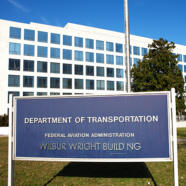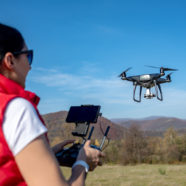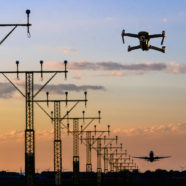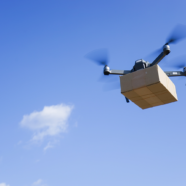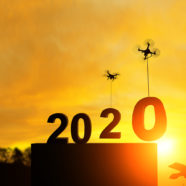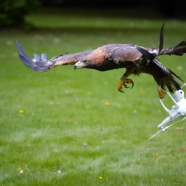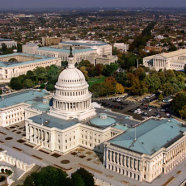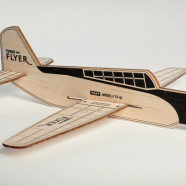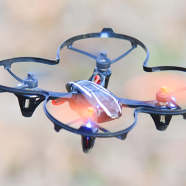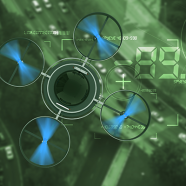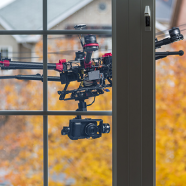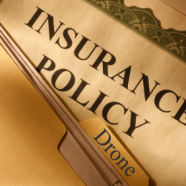FAA Issues Final Rules On Operation Over People and Remote Identification
The hoverlaw blog has been dormant for a while. But we are back! When we last posted, the FAA had issued notices of proposed rulemaking regarding remote identification of unmanned aircraft systems (UAS) and UAS operation over people. As of January 15, 2021, the two rules are now finalized. The Operation Over People Rule is here and the Remote ID Rule is here. In addition, the FAA has helpful information on its website: Operating over People and Remote ID Information. These new rules are each significant developments in drone law.
Operation over People
The final rule allows routine operations over people and at night depending on which newly defined Category a drone is in. These categories depend on the weight of the drone and the potential for causing injury if dropped on a person. Here are some details about those categories. In addition, the new Rule requires that any drone flown over people must comply with the Remote ID Rule. Finally, the new Rule allows operation over moving vehicles.
Operation at Night
Anyone operating a drone at night must complete specific training or pass a test. Additionally, any drone flown at night must have installed anti-collision lighting.
Remote Identification
Most drones must now include built in (or in some limited instances external retrofit) ID capability that will automatically broadcast information about drones in flight, such as the identity, location, and altitude of the drone and its control station or take-off location. Authorized individuals from public safety organizations may request identity of the drone’s owner from the FAA. A “community-based organization” or some educational institutions may operate a drone without remote ID capability but only in a special area identified by the FAA as safe for operation without broadcasting remote ID message elements.

